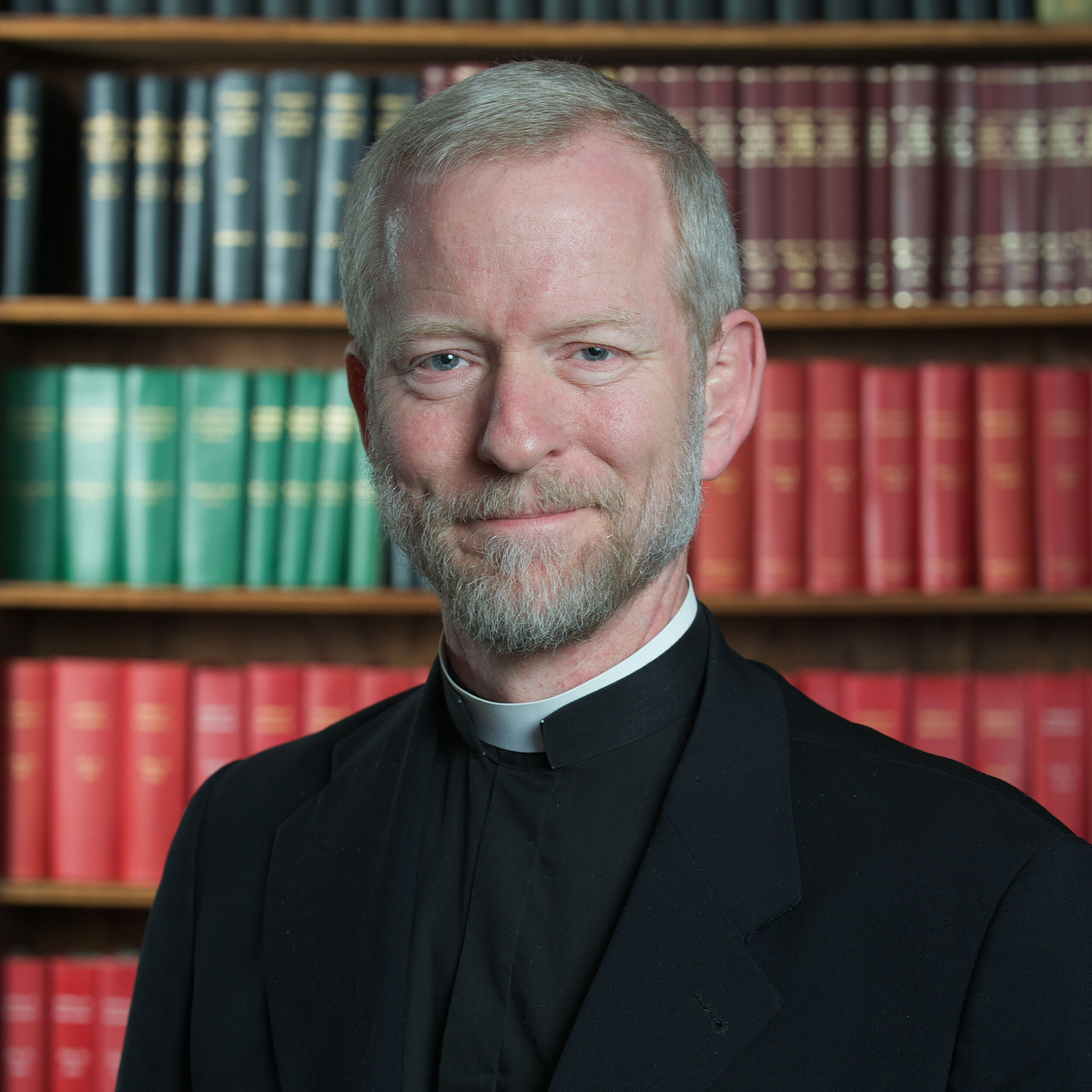Making Sense of Bioethics: Column 137: Orphans in Liquid Nitrogen
Some humanitarian tragedies occur quietly and “in the background,” only gradually coming to light years or decades after serious harm has already occurred, like nerve damage in infants exposed to lead paint, or cancers in patients who were exposed to asbestos. More recently, the humanitarian tragedy of hundreds of thousands of embryonic human beings frozen and abandoned in fertility clinics has come to light — “orphans in ice” — arising from the decades-long practice of in vitro fertilization (IVF).
As a priest and ethicist at the National Catholic Bioethics Center in Philadelphia, I have seen an increasing number of Catholics who regret having engendered human life in this way, and regret that they ignored or weren’t informed about the teachings of the Church on IVF and infertility. They are perplexed and even tormented about what to do with these “spare” human embryos who really are their cryogenic children.
When I am approached with this question, I stress that there are no easy answers. Human embryos can never just be thawed and discarded, as that would be morally indistinguishable from the case of discarding a newborn or an infant in a dumpster to die. In fact, the step of merely thawing out human embryos exposes them to great risk, with as many as half not being able to survive the process.
I usually suggest to parents that, for the time being, embryonic children should be kept frozen as a way of protecting them and respecting their life and integrity. As the discussion continues, I may also recommend that they consider setting up a trust fund, so that after they pass on, their frozen children will be provided for. These children, clearly, cannot be educated, clothed or fed, but they can be afforded a measure of protection in their frozen state, with fresh liquid nitrogen continuing to be provided, at least for a time. Arranging to cover this expense of a few hundred dollars a year is one of the few ways that parents can concretely indicate their concern for their orphaned children.
The suggestion to set up a trust fund sometimes results in an awkward moment of surprise where parents may ask: “Well, how long would I do that for? Obviously, I can’t do it forever.” Parents will have to decide for themselves whether setting up a trust fund in the first place makes sense as a kind of good-faith sign of their love and care for their own offspring, and if so, for how long to maintain the arrangement. If they make provisions for a more extended period, say several decades, there is a greater likelihood that their embryonic children might be “rescued” if new scientific technologies for growing embryos outside the body end up being developed in the future.
This may indeed become possible one day, even though there are real questions about whether such an “artificial womb” or “baby in a bottle” approach to gestation would be ethical, even with the praiseworthy intentions of saving lives and releasing orphaned embryos from their perpetual hibernation.
Others hope that one day “embryo adoption” — the transfer of “spare” embryos to another woman who implants, gestates, and raises them as her own — might end up being recognized as morally allowable by the Church. This unusual form of adoption is still morally debated, and Dignitas Personae, the most recent Church document addressing the matter, raises serious concerns about the idea, as have a number of philosophers and bioethicists, myself included. When confronted with the absurd fate of having embryos trapped in a state of suspended animation indefinitely, few or no alternatives really seem to exist. The future Pope Benedict XVI, in another important Church document called Donum Vitae, referenced this “absurd fate” when he summarized how there was “no possibility of their being offered safe means of survival that can be licitly pursued.” Certain sinful acts like IVF, sadly, can provoke irrevocable and irresolvable consequences.
A few years ago, I had a conversation with a divorced woman who had seven frozen children in storage. She described how she agonized daily over the plight of her babies, and how it felt like an open wound that could never quite heal. She shared how each year, on the anniversary of the embryos’ creation — their “birthday” of sorts — she would place a call to the fertility clinic and inquire about their status. She would ask the staff to look up and verify how many were stored at the facility. Fearful that something might have happened to her children, or that they might end up being abandoned or forgotten, her annual call served as a reminder to herself and to those at the clinic that they were still there, that somebody still cared, despite the callousness of a world that seemed only too ready to ignore this ongoing humanitarian tragedy...
Copyright © 2020, The National Catholic Bioethics Center, Philadelphia, PA. All rights reserved.

